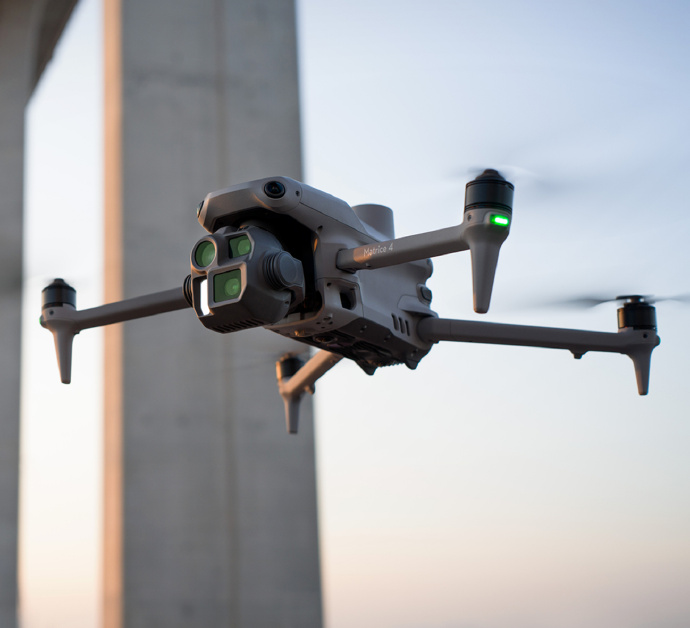Why Use a DJI Drone with Thermal Camera?
The primary reason for using a DJI drone with a thermal camera is its ability to capture detailed heat signatures. This capability is especially valuable in wildlife observation where tracking nocturnal animals or those hidden by dense foliage becomes crucial. Additionally, conservationists and researchers benefit by efficiently covering large areas for ecological studies without disturbing the natural habitat.
Applications in Wildlife Observation
- Monitoring nocturnal animals: With thermal imaging, spotting animals active during the night is easier, providing insights into their night habits.
- Detecting endangered species: Conservationists can locate and track vulnerable species, facilitating their protection and management.
- Studying animal behavior: Recording temperature changes can reveal patterns or distress signals in wildlife which are otherwise hard to detect.
Applications in Land Exploration
Besides wildlife monitoring, drones with thermal cameras assist in land exploration by providing real-time data for topographical analysis. They are instrumental in observing geological changes or environmental hazards such as forest fires, which are otherwise challenging to monitor continuously.
Enhancements and Innovations
The advancement of drones with thermal cameras is marked by enhancements in resolution and sensitivity. New models offer sharper thermal images and improved flight stability, making them ideal for detailed investigations. This evolution allows archaeologists to discover hidden structures or remnants by identifying soil disturbances not visible to the naked eye.
Optimal Usage and Limitations
The success of using DJI drones with thermal cameras depends on understanding their limits. Despite their diverse applications, certain environmental conditions, such as extreme weather or physical barriers, may impact functionality. Adequate training and strategic planning are essential for optimal utilization.
Common FAQs
Can thermal cameras on drones see through walls? Thermal cameras detect surface temperatures and typically cannot see through walls unless there’s significant heat leakage.
What is the battery life of a DJI thermal drone? Battery life varies by model but generally ranges from 25 to 45 minutes, depending on flight conditions and usage intensity.
Are thermal drone cameras safe for wildlife? Yes, when used responsibly, they do not interfere with animal behavior and can be operated from a safe distance to minimize disturbance.
In conclusion, DJI drones with thermal cameras are reshaping wildlife and land exploration methodologies, enabling new insights and discoveries. Their multifunctionality and technological sophistication make them invaluable tools for researchers, conservationists, and explorers alike.
